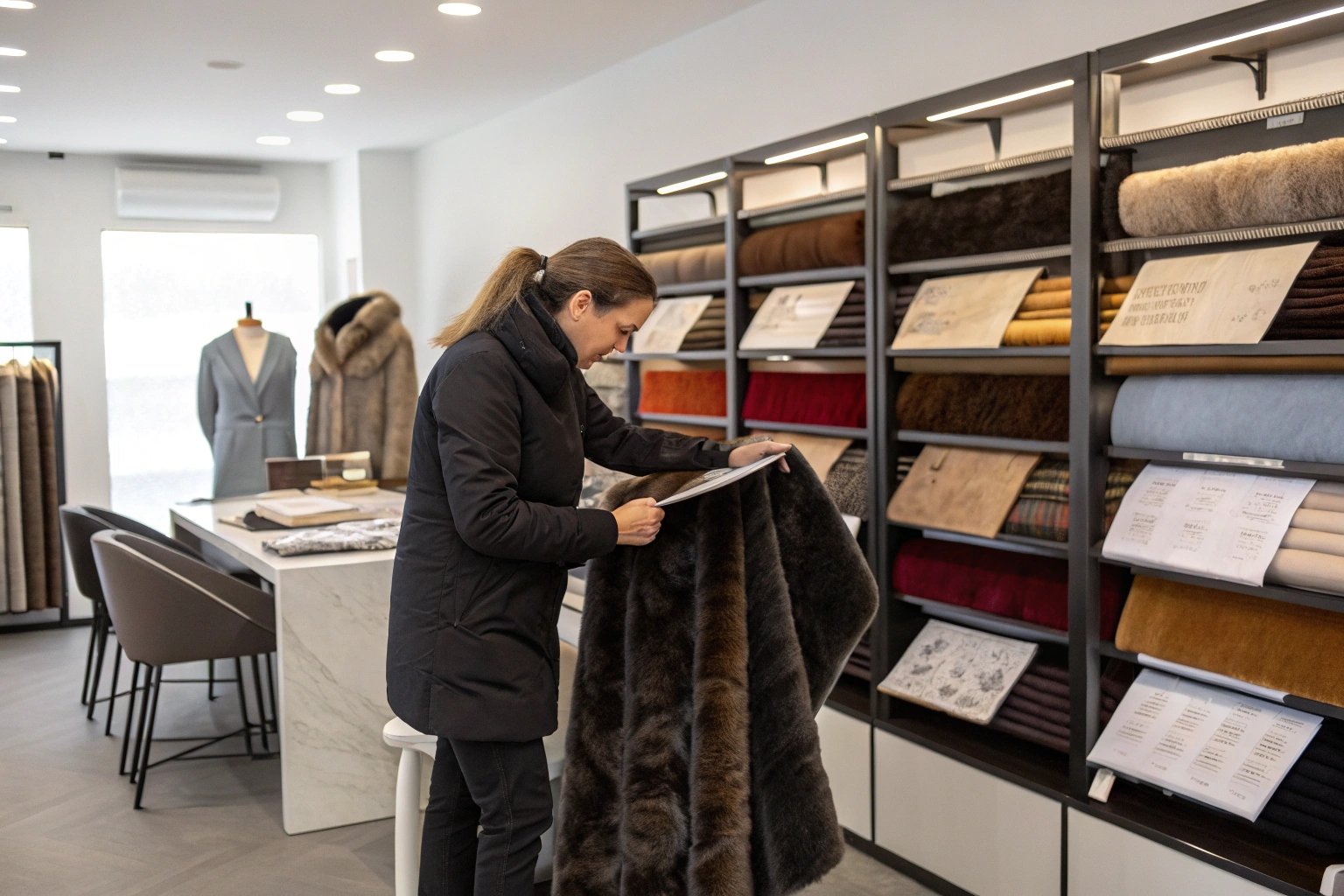Faux fur has made a bold comeback—not just for aesthetics, but for ethics. With more luxury and fast fashion brands going fur-free, the need for certified, safe, and sustainable faux fur is at an all-time high. But not all faux fur is created equal. If you're sourcing from China or anywhere else, the Oeko-Tex® certification is your ticket to compliance, trust, and global marketability.
Sourcing Oeko-Tex certified faux fur ensures chemical safety, consumer confidence, and alignment with global eco-standards for fashion brands.
As a fabric supplier rooted in Keqiao’s textile cluster, we’ve helped fashion brands—from startup boutiques to established players—secure certified faux fur without compromising softness, density, or glamor. This article will guide you step-by-step through the sourcing journey.
Why Is Oeko-Tex Certification Crucial for Faux Fur?
Eco-conscious consumers and retailers now demand more than visual appeal. They want proof that the materials used are free from harmful substances. Oeko-Tex Standard 100 is the gold standard for textile safety.
Oeko-Tex ensures that faux fur products are tested against over 100 regulated and non-regulated harmful substances, making them safe for skin contact and compliant with European and U.S. regulations.
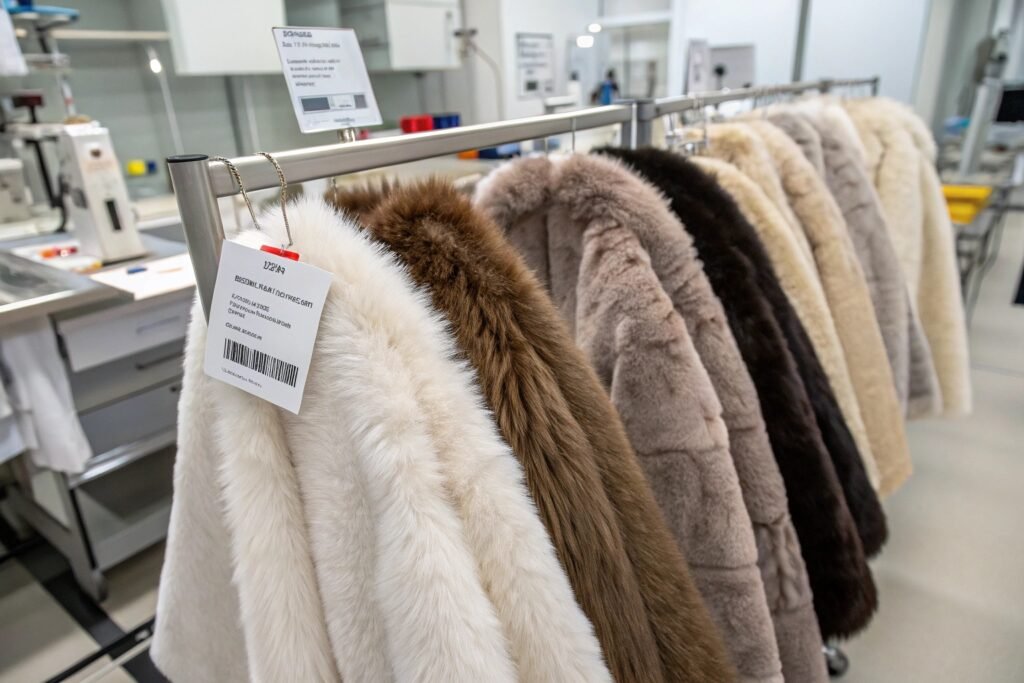
What Does Oeko-Tex Test for in Faux Fur?
The Oeko-Tex Standard 100 covers a broad range of criteria including:
- Formaldehyde and heavy metals
- Phthalates and plasticizers
- Allergenic dyes and pesticides
- VOCs (Volatile Organic Compounds)
Each certified product receives a unique label number traceable on the Oeko-Tex site. This transparency builds credibility for fashion brands.
How Does It Influence Market Access and Sales?
Retailers like H&M, Zara, and Nordstrom prefer certified components. Selling uncertified faux fur in EU or CA markets can lead to customs delays or product recalls. Certification becomes both a safety net and a competitive advantage.
According to SGS, certified textiles reduce liability risks and ease export compliance—especially in the U.S. and EU markets.
What Materials Are Used in Certified Faux Fur?
Faux fur is primarily made using synthetic yarns designed to mimic the density, sheen, and pile structure of real fur. But the choice of base fiber affects both performance and certification eligibility.
Common materials include polyester, modacrylic, acrylic, and newer recycled polyester (rPET) blends—all of which can be Oeko-Tex certified if properly processed.
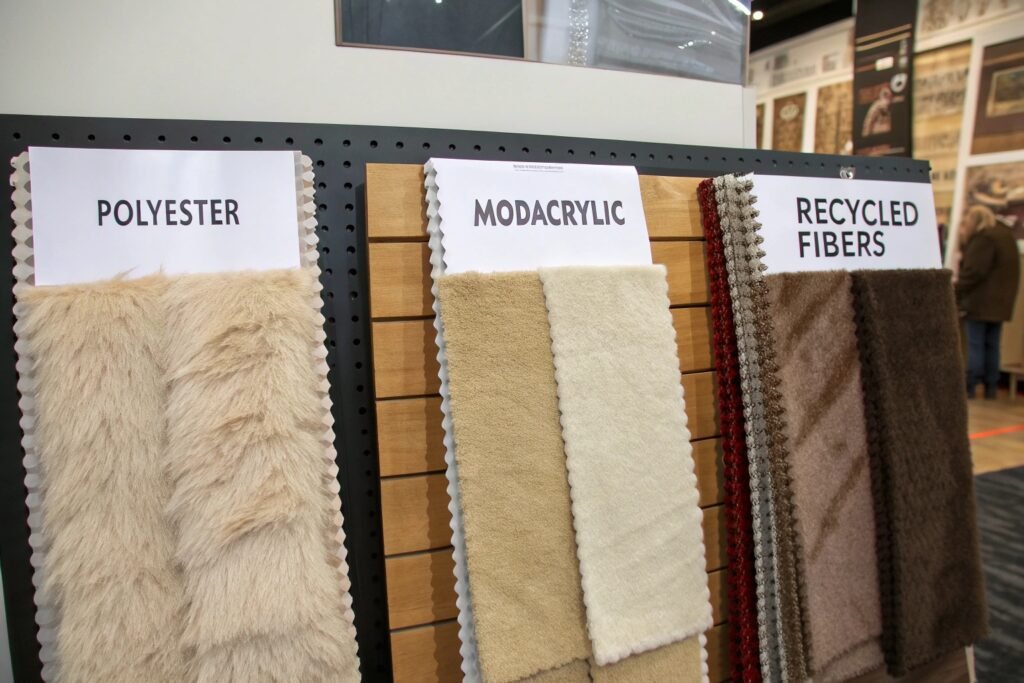
What Are the Differences Between Acrylic, Polyester, and Modacrylic?
| Fiber Type | Texture | Durability | Flame Resistance | Oeko-Tex Compatibility |
|---|---|---|---|---|
| Acrylic | Fluffy, soft | Medium | Low | Yes (if processed cleanly) |
| Polyester | Smooth, silky | High | Low | Yes (widely accepted) |
| Modacrylic | Luxurious, dense | High | Excellent | Yes |
Polyester is the most common due to its versatility and ease of certification. Modacrylic, although pricier, offers better heat resistance and is used in premium winter coats and capes.
Check with Textile Exchange for fiber standards across recycled and virgin synthetics.
Is Recycled Faux Fur an Option?
Absolutely. At Fumao Fabric, we supply rPET faux fur made from post-consumer bottles, which can meet both GRS and Oeko-Tex standards. It's ideal for sustainable collections aiming to reduce virgin plastic usage.
Brands like Stella McCartney have popularized this trend. According to Recycled Textile Review, demand for recycled synthetics in fashion has increased over 60% since 2021.
How to Verify a Supplier’s Oeko-Tex Credentials?
Not all suppliers claiming "eco" or "safe" fabrics can back it up with valid certification. You need to confirm, trace, and validate each claim, especially for regulated markets.
A legitimate Oeko-Tex certificate includes a scope, expiry date, product category, and certification number, which you can check on the official Oeko-Tex website.
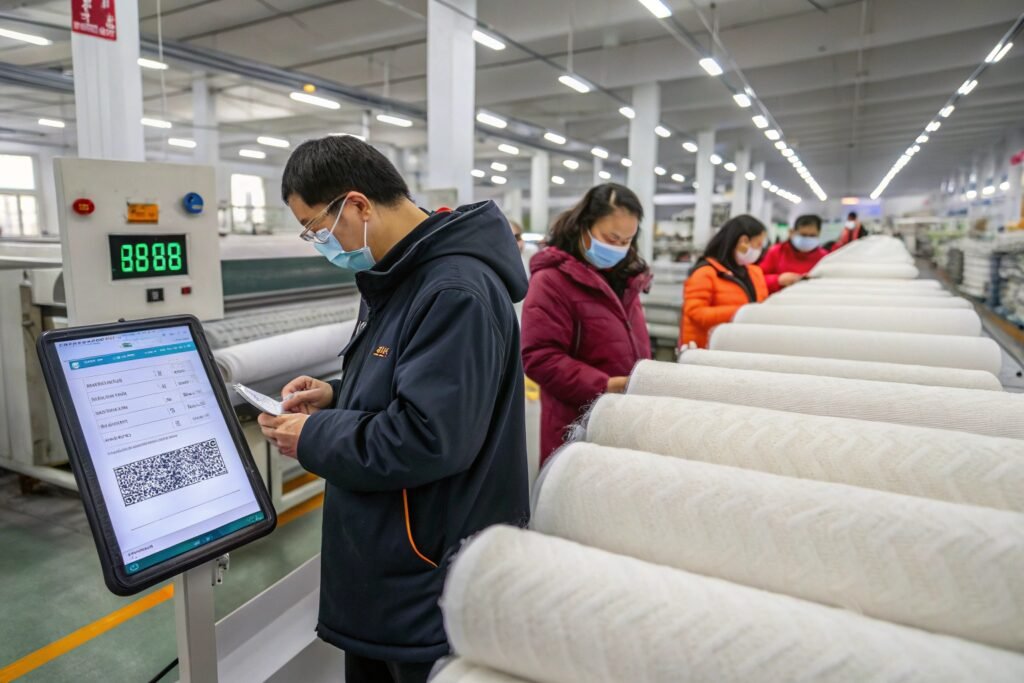
What Red Flags Should You Watch Out For?
- Missing certificate numbers
- Expired documents
- Mislabeling recycled content
- No testing records for dyes or finishes
We recommend requesting a scannable Oeko-Tex QR code and reviewing the cert holder’s company name. The OEKO-TEX Label Check Tool allows quick online verification.
How Does Fumao Fabric Handle Oeko-Tex Compliance?
We maintain active partnerships with certified dyeing and pile factories in Keqiao. Our supply chain integrates:
- CNAS-accredited lab testing
- Verified upstream fiber suppliers
- Annual audits for renewal
We also offer pre-approved lab dips and base fabric samples with ready-to-export compliance sheets. Third-party audits from Intertek are available on request.
What to Consider When Ordering Certified Faux Fur?
Even after confirming certification, several practical sourcing factors remain. You’ll need to ensure your faux fur meets design, compliance, and delivery goals—all without excessive MOQs or delays.
We guide clients through fiber selection, lab dip approval, lead times, and export packaging—all optimized for certified production.
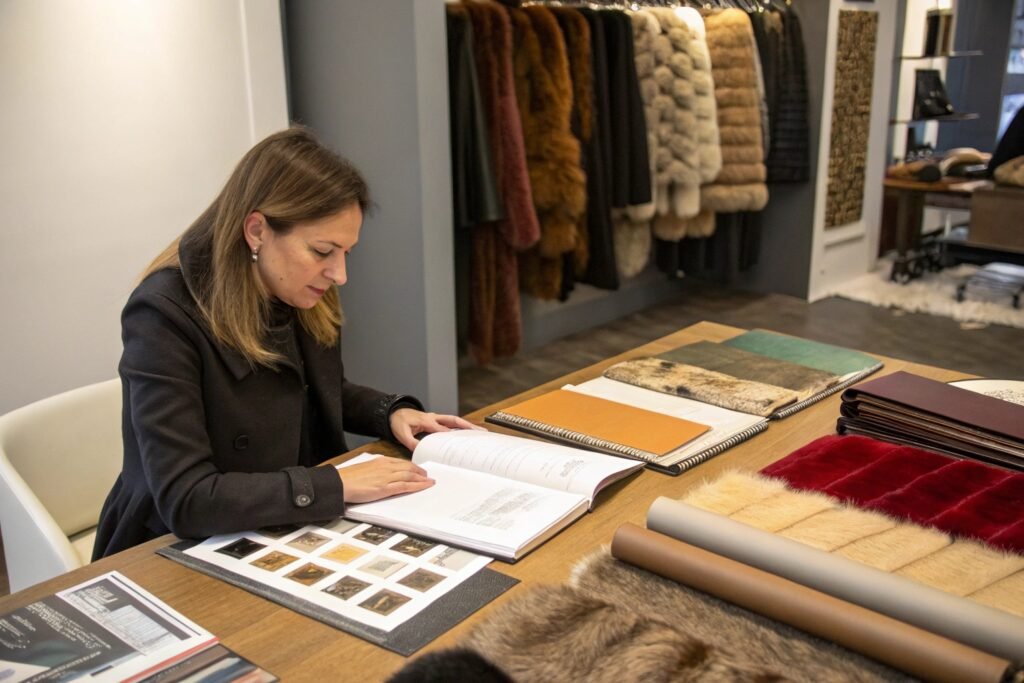
What Minimum Order Quantities Apply?
For stock-backed faux fur, MOQ starts at 300 meters. For customized colors or pile lengths, 500–800 meters is typical depending on fiber and dye process.
Our factory supports low-MOQ sampling and fast-turn prototyping with certified yarn stocks. This flexibility helps emerging brands build Oeko-Tex-compliant collections without overcommitting.
See Alibaba Verified Suppliers for average MOQ ranges on faux fur categories.
What Delivery Times Should You Expect?
- Stock: 5–7 working days
- Custom color: 15–20 days after lab dip approval
- Bulk: 25–30 days with certification revalidation
At Fumao, we integrate Keqiao’s multimodal hubs to cut shipping lead times for North America and Europe. We also handle drop test packaging and fabric moisture resistance for safe international transit.
Refer to Freightos for real-time shipping updates and export timelines.
Conclusion
Sourcing Oeko-Tex certified faux fur isn’t just a compliance move—it’s a brand value statement. From understanding certification standards to verifying factory credentials and managing MOQ logistics, the right sourcing process elevates your design while ensuring trust and sustainability. At Fumao Fabric, we’re ready to partner with global brands in making faux fur both fabulous and responsible.

